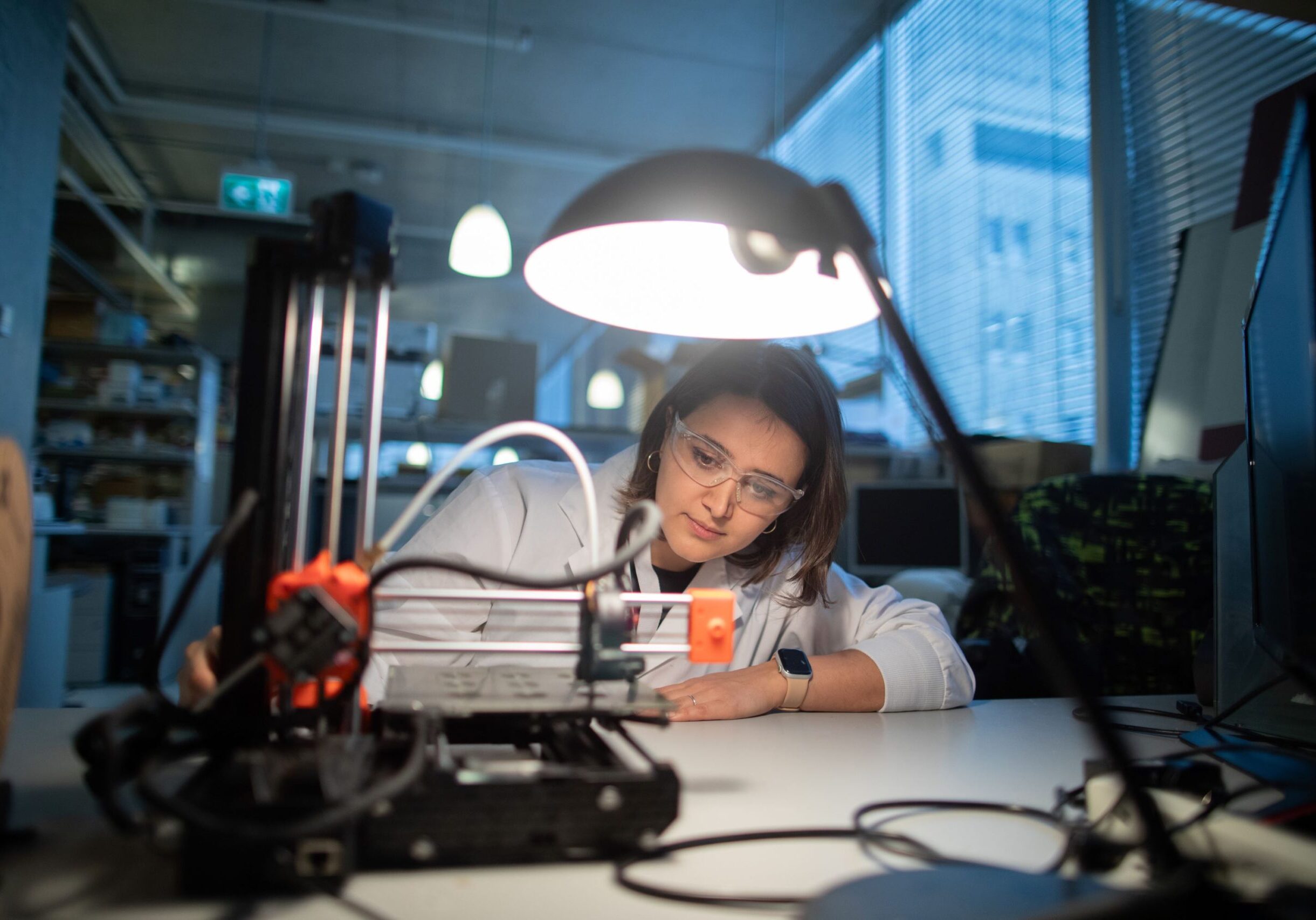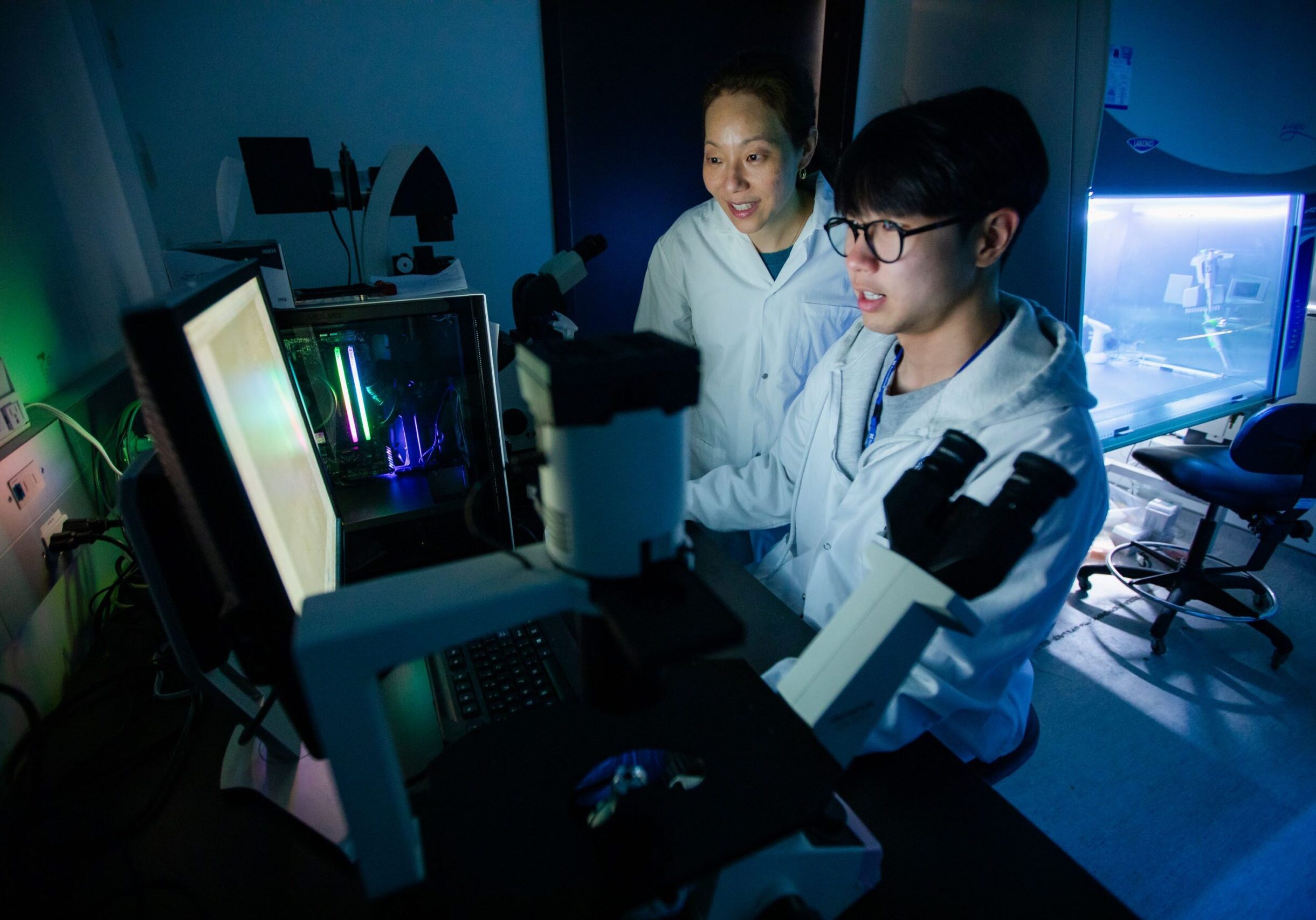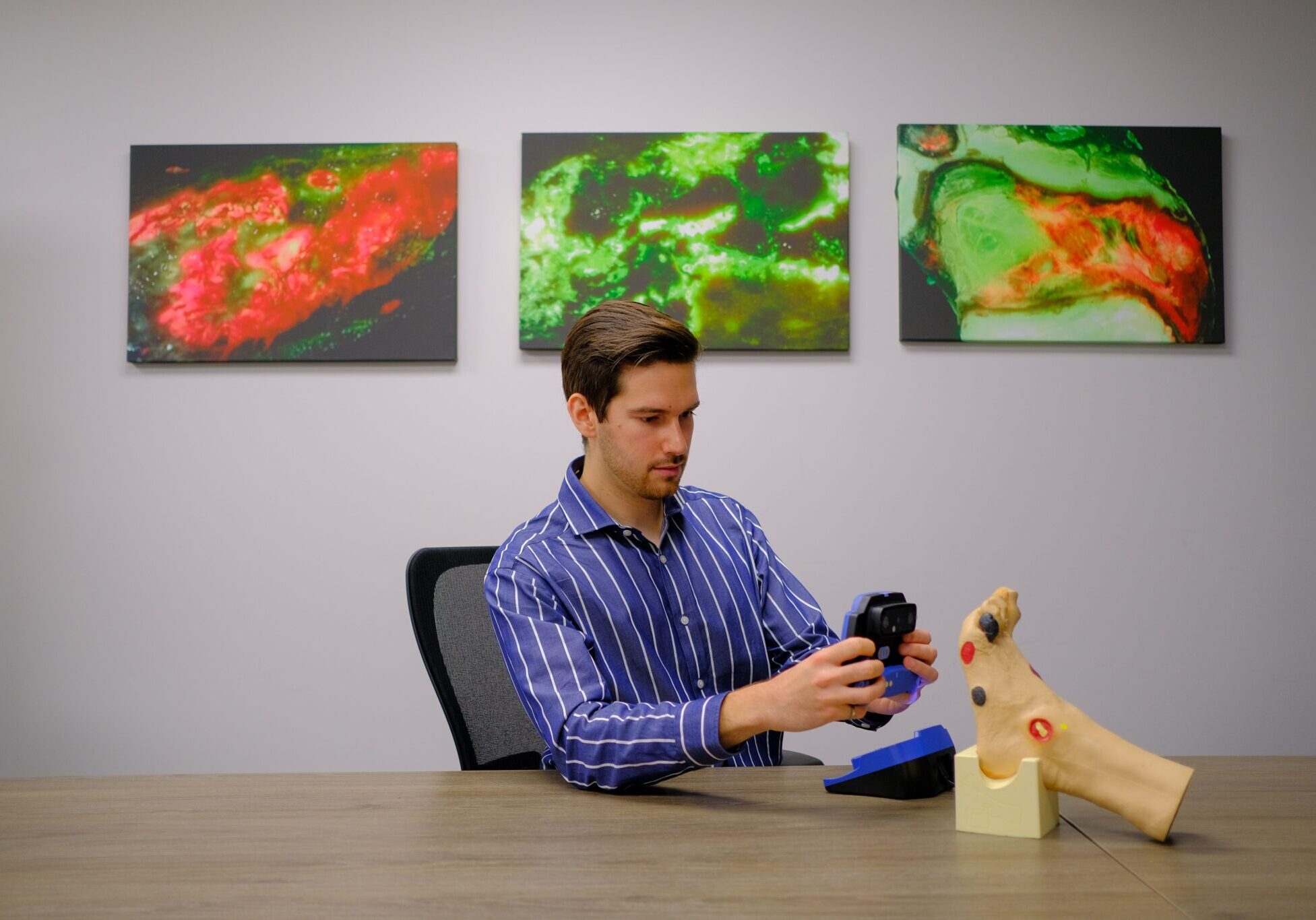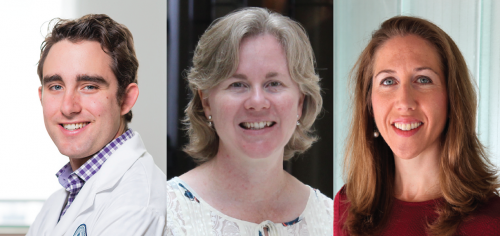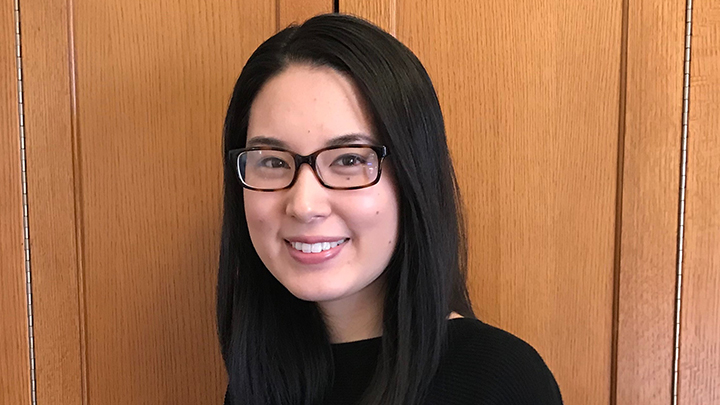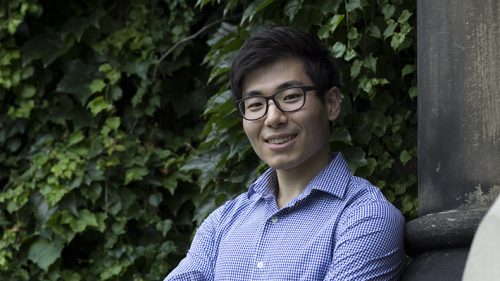Programs Overview
Are you a prospective student? Here at the Institute of Biomedical Engineering (BME), we connect researchers across the University of Toronto and its partner hospitals to develop innovative solutions to improve human health.
At the Institute of Biomedical Engineering (BME), we have 3 graduate programs and 2 undergraduate programs.
Quick Navigation
Graduate programs
Doctor of Philosophy
Research degree that exposes candidates to cutting-edge research in a laboratory
Master of Applied Science
Research degree that exposes candidates to cutting-edge research in a laboratory
Master of Engineering
Professional degree that exposes candidates to biomedical device design to commercialization
Graduate programs comparison
| Stream: | Research | Professional |
|---|---|---|
| Program: | PhD / MASc | MEng |
| Focus: | Research intensive training in a laboratory or clinical setting. | Training in biomedical device design, implementation, and commercialization. |
| Career Interests: | Individuals pursuing careers in academia, healthcare, government, or industry, who have a passion for research and development. • Motivated to conduct cutting-edge research • Passionate about academic collaboration and science communication • Keen on becoming key opinion leaders with distinct research specialization | Individuals interested in medical device production from design to implementation in human patients. • Seeking product design knowledge • Interested in learning entrepreneurship fundamentals • Eagar to gain real-world experience in the healthcare sector |
| Degree(s) Required: | Bachelor of Science, Bachelor of Engineering, Master of Applied Science (for PhD only), or Master of Engineering (PhD only). | Bachelor of Engineering or Bachelor of Science. |
| Outcome: | Program graduates excel as leaders in academia, industry, and government agencies across the globe. | Through work-integrated learning, graduates emerge as company founders, technology leaders, and start-up creators in the healthcare sector. |
| Program Length: | approx. 2 years (for MASc) or approx. 4 years (for PhD) | 1 year |
| Funding: | Unit-funded | Self-funded |
| Curricula: | • Coursework • Committee Meetings • Qualifying/Bypass Exam (for PhD) • Thesis • Defense • Final Oral Exam (for PhD) | • Coursework • Practical Experience |
Undergraduate programs and opportunities
| Year | Description | Opportunities |
|---|---|---|
| 1 | Engineering Science (EngSci) program students learn fundamentals of different science disciplines and begin team-based design training through praxis courses. | |
| 2 | EngSci students continue to receive foundational training through courses including BME205. Students select their major at the end of the second year. | USRA PEY Co-op |
| 3 | Biomedical Engineering major program students deepen their knowledge through rigorous academic and experiential training. | USRA PEY Co-op |
| 4 | Major students may focus on skill advancement and further knowledge and competencies through the completion of specialization courses, thesis, and design/capstone projects. |
| Year | Description | Opportunities |
|---|---|---|
| 1 | Engineering students establish knowledge in math and applied & basic sciences. | |
| 2 | Students expand knowledge and gain a greater depth of understanding through enhanced lab experiences and design opportunities. | USRA PEY Co-op |
| 3 | Bioengineering minor students may elect to pursue specialization courses grouped into three themes: Molecular Engineering, Cell & Tissue Engineering, and Clinical Engineering. | USRA PEY Co-op |
| 4 | Minor students may focus on skill advancement in one of the three themes (mentioned above) toward becoming a specialist in their respective field. |
Read more student news & stories
Quick Navigation
IBBME Youth Education Initiative Receives NSERC PromoScience Funding
Professors Dawn Kilkenny and Penney Gilbert are the recipient of the NSERC PromoScience award valued at >$22,000.
They want to contribute to social good and improve patient recovery: Meet two undergraduate students pursuing summer research projects in IBBME
Ian Christie and Anya Friesen are two students participating in IBBME’s Undergraduate Summer Research Program this year.
PhD student named U of T Alumni Association Graduate Scholar
Locke Davenport Huyer is one of three students from across the university to be recognized in this category for scholarly achievements and community contributions.
Two IBBME students receive 2018 Dorrington Awards for excellence in graduate research
Moshen Afshar and Alexander Vlahos have been recognized by the U of T Donnelly Centre for their work in muscle stem cells and a novel method to treat Type 1 Diabetes.
She was born with heart defects. Now she’s researching a cure.
U of T biomedical engineering student Bailey Bernknopf is working towards a better understanding of how aortic valve disease affects women and men differently.
Addressing unique patient needs with technology: U of T offers engineering training to medical students
Master of Engineering program gives MD students advanced tools to develop medical technologies.
Four IBBME students named 2017 Cecil Yip Doctoral Research Award recipients
PhD candidates studying nanoparticles for cancer drug delivery and biomaterials for nerve repair receive Donnelly Centre recognition.
The best place to treat type 1 diabetes might be just under your skin
New research from Professor Michael Sefton’s lab demonstrates viability of implanting pancreatic cells under the skin to treat type 1 diabetes.
Two IBBME PhD candidates named 2017 Vanier Scholarship recipients
Neal Callaghan and Marta Overchuk are this year’s IBBME recipients of Canada’s top doctoral research award
IBBME Discovery Program stimulates high school students to explore the science behind prosthetics
Discovery Symposium showcases pre-university students’ creativity behind biomedical engineering design challenges
IBBME research paves way for an off-the-shelf supply of cells for immunotherapy
Two PhD candidates from Professor Peter Zandstra’s lab have developed new technologies that clear key barriers to developing a renewable source of cells for therapies.
